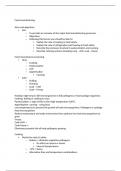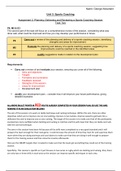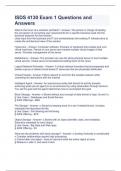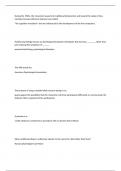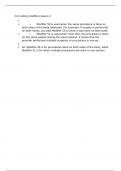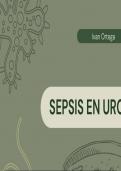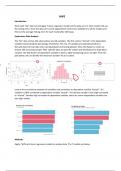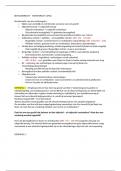Lecture notes
FOOD MANUFACTURING
- Institution
- Aston University, Birmingham (Aston)
Aims and objectives. • Aim – To provide an overview of the major food manufacturing processes. – Objectives – Following this lecture you should be able to: • Explain the role of cooking in food safety. • Explain the role of refrigeration and freezing in food safety. • Describe...
[Show more]
